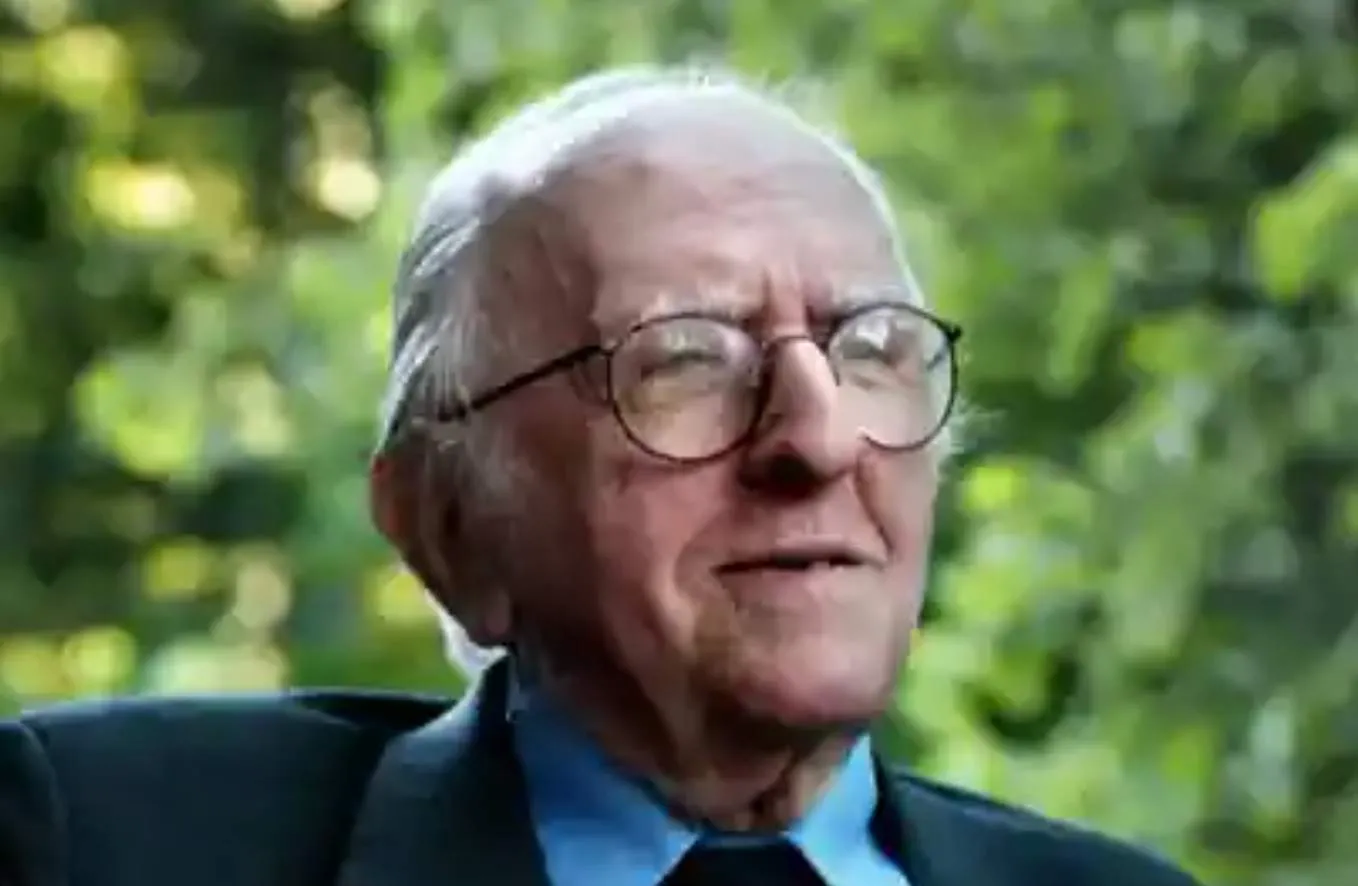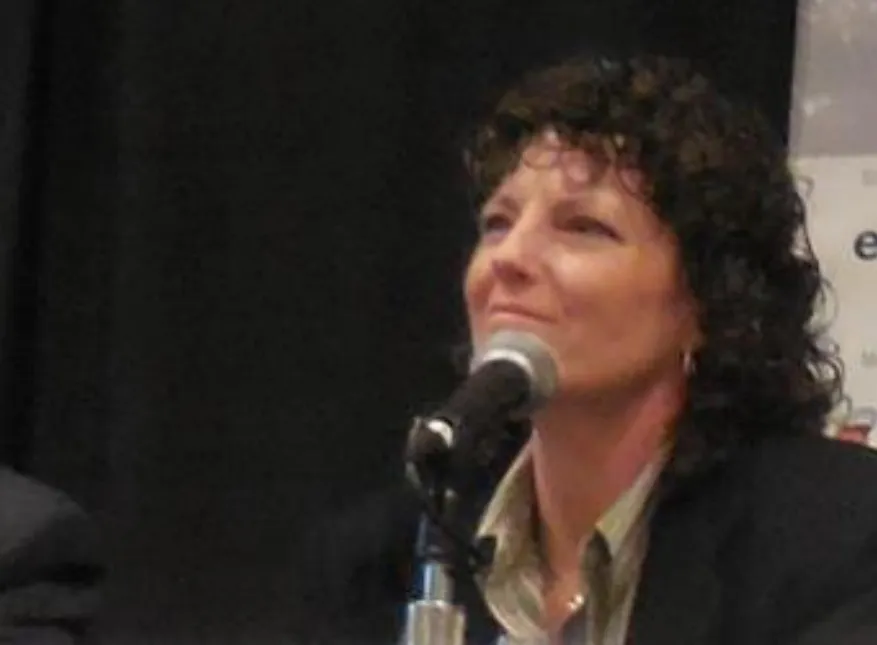LGBTQ+ Spies: Agents of Change
President Bill Clinton signed an executive order in 1995 that stated US government employees could no longer be denied access to classified information based on sexual orientation. It changed the lives of millions of Americans. Here are three of their stories from the intelligence community.

Tracey Ballard, CIA
Americans couldn’t hold top-secret clearance and be openly gay in the 1980s under Federal law, so Tracey Ballard faced a dilemma when she applied to join the CIA. Tracey wanted to be honest during the months-long Agency investigation into her personal life but knew her career could be over before it started.
The CIA polygraph examination included a question asking about sexual orientation so Tracey had a choice: lie about her personal life or face being pushed out. “I decided to come out at that point in time,” Tracey said.
It was a huge risk. The investigation into her personal life and suitability for the role dragged on. Back then, the CIA had a three-year trial period once trainees came on board and Tracey noticed people in the hallways were avoiding her. They didn’t want to be seen having lunch together. “It was painful,” Tracey recalled but she was good at her job in the Directorate of Science and Technology and Directorate of Digital Innovation. Could Tracey really get fired simply for being gay?
She decided to take matters into her own hands and privately met other gay individuals to hear their stories. Tracey then embarked on her ‘second coming out’ - posting on company bulletin boards that yes, gay people worked at the CIA, and that they were competent. Years later, the Agency has come a long way; the Intelligence Community is posting Tracey’s story and video interview on its website, sharing it with the world.
“We are not our grandfather’s organization. That is not who we are,” she said. Tracey acknowledges there are many who didn't have the opportunity to be honest with the CIA from the start. "They served their country well, but they did so closeted,” she said. “Nobody else has to go through that when they join our Agency and that’s really important to me.”
Tracey retired after 35 years in 2021, with her last role as LGBT Diversity Outreach Program Manager.

Frank Kameny
During an era known as the anti-gay Lavender Scare, a period stretching from the 1950s into the mid ‘70s, thousands of US government employees lost their jobs due to discrimination based on their sexual orientation.
An astronomer for the US Army Map Service, Frank Kameny was arrested in Lafayette Park near the White House and accused of being a ‘sexual pervert’. The police report was passed to his employer. Kemeny refused to discuss his sexual orientation and was fired on the grounds of ‘sexual perversion’. Kameny refused to leave quietly though. "To the best of my knowledge and belief, I was the first person to fight back out of all those large, huge numbers of people that were fired in the ‘50s," he told Scripps News.
Kameny fought in the courts. His legal team argued that civil rights could not be withheld due to sexual orientation but the US courts ruled against him. At that point, Kameny, a Harvard graduate who had taught at Georgetown University, knew his radicalism could be effective and became a full-time campaigner, coining the slogan ‘gay is good’ - a play on Stokely Carmichael's ‘black is beautiful’.
The Lavender Scare ended after 25 years in 1975 but the purge continued in the security community up until 1995 when Clinton signed his executive order. In 2010, when Barack Obama repealed the military's ‘Don't ask, don't tell’ policy toward gay people, Kameny was in the front row behind Obama. Kameny died a year later, acknowledged as one of the most significant figures in the American gay rights movement.
"The brand new social experience where you activate your gaming skills as you train like a spy."
- TimeOut
Take on thrilling, high-energy espionage challenges across different game zones.


FBI Special Agent Katrina Gossman
Senior FBI Special Agent Katrina Gossman joined the Bureau in ‘96, a year after the FBI changed its policy to include sexual orientation as grounds for discrimination. Still, “it was a gamble whether or not you came out or not,” Gossman told a South by Southwest Festival in Austin, Texas.
She put her trust in the Bureau and by 2004, Gossman became the first FBI employee to marry her partner under Massachusetts' gay marriage law. All did not go smoothly, however. While the FBI initially extended her and her partner's full marriage benefits, they rescind them because of a bill passed by Congress.
“This made national news. And I became the most outed employee in the FBI,” Gossman recalled during the 2016 panel discussion. She also received numerous emails from other FBI employees offering support which buoyed her.
Gossman - a key member of the FBI operations teams during 9/11 and later the Boston Marathon bombings - eventually helped to change the FBI's internal policies that didn’t fall under the Defense of Marriage Act to allow partner benefits within the FBI.
“Just because we are out and open doesn’t mean that we go around work screaming, ‘Hey we’re LGBT’”, Gossman added. ‘The most rewarding thing for me is catching the bad guys.”
SPYSCAPE+

Join now to get True Spies episodes early and ad-free every week, plus subscriber-only Debriefs and Q&As to bring you closer to your favorite spies and stories from the show. You’ll also get our exclusive series The Razumov Files and The Great James Bond Car Robbery!


Gadgets & Gifts
Explore a world of secrets together. Navigate through interactive exhibits and missions to discover your spy roles.
Your Spy Skills
We all have valuable spy skills - your mission is to discover yours. See if you have what it takes to be a secret agent, with our authentic spy skills evaluation* developed by a former Head of Training at British Intelligence. It's FREE so share & compare with friends now!
* Find more information about the scientific methods behind the evaluation here.


Stay Connected
Follow us for the latest
TIKTOK
INSTAGRAM
X
FACEBOOK
YOUTUBE